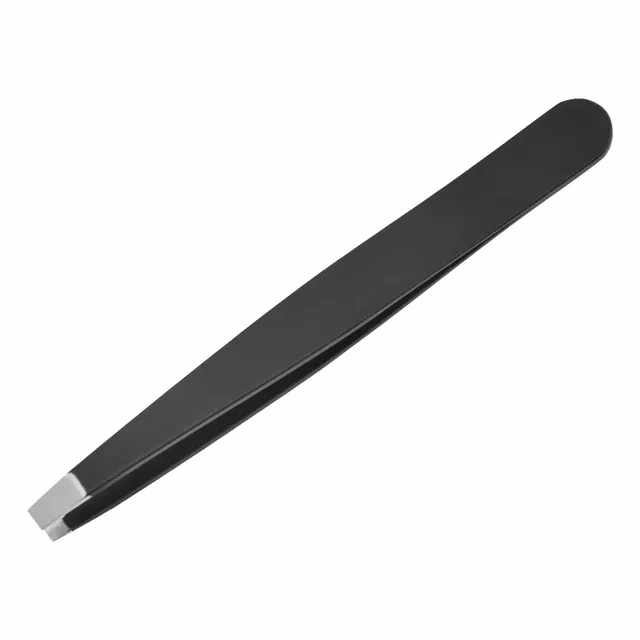Enclosure installation
BS Combo installation
Installation steps
- Install Bluetooth antenna (black cable insulation) into left U.FL port of Dronetag BS
- Install GNSS antenna (grey cable insulation) into right U.FL port of Dronetag BS
- Insert battery into the enclosure
- Insert Dronetag BS into the enclosure
Bluetooth antenna should point forwards
GNSS antenna should output on the right side of the enclosure - Secure Dronetag BS by screw
- Connect battery by 3-pin connector in order to turn the device on
Procedure
** 1. Antenna Installation**
Based on the type of antennas you plan to install, there are two ways how to put the device into the enclosure. Please identify whether you plan to use the device with wire antennas (follow 1.1) or other type of antennas (follow 1.2) and procced accordingly below. For U.FL connector handling, please get familiar with this guide before you start the installation.
** 1.1. BS with Wire Antennas** Attach the wire antennas to the BS unit following the provided instructions. Ensure a secure attachment by listening for a click sound.
- Ensure that you orient the antennas correctly, ensuring that the GNSS antenna and the Bluetooth antenna align with the appropriate connectors on the BS unit.
- If you are using wire antennas, the shorter one with black isolation is for Bluetooth Remote ID and the longer one with gray isolation is for GNSS positioning.
Slide the BS unit with the installed wire antennas into the enclosure. Guide the wire antennas through the designated holes in the enclosure, allowing them to extend outside. Ensure that the BS unit is securely positioned within the enclosure and correctly inserted into the designated socket.
** 1.2. Other Antennas Installation**
Wire the disconnected U.FL antenna connectors through the enclosure. Attach the antennas to the BS unit as instructed and confirm a secure connection by listening for the click sound.
- Ensure that you orient the antennas correctly, ensuring that the GNSS antenna and the Bluetooth antenna align with the appropriate connectors on the BS unit.
- If you are using copper tube antennas, the shorter one with black isolation is for Bluetooth Remote ID and the longer one with gray isolation is for GNSS positioning.
Slide the BS unit with the installed antennas into the enclosure. Guide the wire antennas through the designated holes in the enclosure, allowing them to extend outside.
- If you have hard time sliding the Dronetag BS board inside the enclosure, you can either sand its sides little bit or use heatgun at 60° C to preheat the enclosure so it softens a little. Never use temperature over 60° C as it can meltdown.
- If you need to remove the board when you are in the middle of the process, please follow the board removel guide below.
How to Remove Dronetag BS from the Enclosure
- The use of tweezers and a heat gun, if not executed with precision, can lead to severe damage. Tampering with internal components may void your warranty and result in irreparable harm to your device. Ensure the BS is disconnected from the power source before proceeding with any of these steps. Performing these actions while the power source is active may result in injury!
- Constantly bear in mind that the use of tweezers involves direct contact with printed circuit boards, posing a risk of damage. Additionally, exercise meticulous temperature control when employing a heat gun. Ensure the temperature never surpasses 60 degrees Celsius under any circumstances, and avoid prolonged exposure to hot air. This precautionary measure is crucial to prevent both your device and its packaging from melting during the process.
If you need to remove the BS from the enclosure, such as for antenna replacement, always adhere to the following instructions. There are two methods at your disposal, and for both, you'll require a hair dryer/Heatgun and Tweezers. We strongly advise against using tweezers with a different shape than those with flat and blunt ends, as shown in the image below. The use of differently shaped tweezers may result in damage to the BS itself, voiding the warranty.
Recommended Tweezer
 |